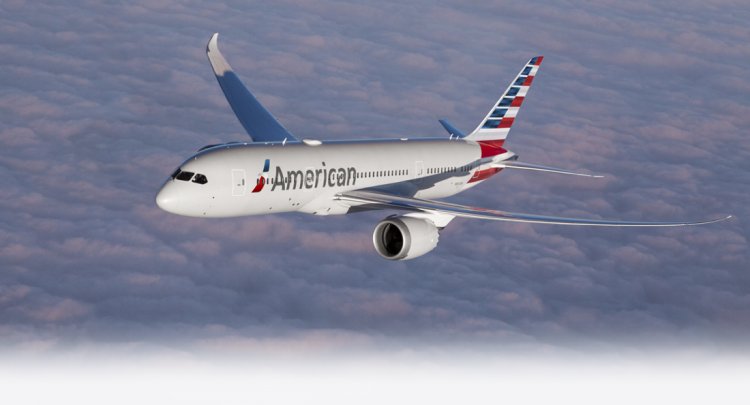The cost of flying is increasing. Full planes, not high fuel prices, are to blame.
The last two years have demonstrated that airlines cannot simply raise tickets to cover costs, as the US airline sector lost tens of billions of dollars while demand for air travel fell. Despite a rebound in leisure travel demand last summer, all US airlines recorded losses for the year.

Along with other fuel expenses, jet fuel prices are skyrocketing. Airfares are the same way.
If you pay more for a flight this spring or summer, blame it on the resurgence of passenger demand rather than rising fuel prices.
At a JPMorgan investor conference on Tuesday, the nation's top airline executives all spoke of substantially higher demand for air travel than they had anticipated only months ago. Last week, Delta (DAL) and American (AAL) both reported record passenger booking days.
Delta president Glen Hauenstein stated, "We're seeing a rise in demand that is truly unprecedented." "I've never seen demand spike as quickly as it did following Omicron."
In the second quarter of this year, the rise in demand is raising fares by around $15 to $20 for a $200 ticket. This indicates an increase of around 8% to 10% over what Delta had expected to charge for fares earlier.
"It was the robust demand and stronger price situation... [that] allowed us to more than offset the fuel expense," Hauenstein added.
Fuel is the second-largest expense for airlines, after personnel costs, accounting for 20% to 25% of operating costs. Most carriers, except long-term fuel contracts, sometimes known as fuel hedges, tect them from price surges.
The three largest US airlines, American, United (UAL), and Delta, warned investors on Tuesday that the average price of a gallon of jet fuel will increase by 17 percent to 33 percent in the current quarter compared to the last three months of 2021, and by 47 percent to 72 percent compared to a year ago.
The last two years have demonstrated that airlines cannot simply raise tickets to cover costs, as the US airline sector lost tens of billions of dollars while demand for air travel fell. Despite a rebound in leisure travel demand last summer, all US airlines recorded losses for the year.
The rise in passengers allows airlines to hike ticket rates, so this year's demand should be enough to return the industry to profitability for the first time since 2019.
Nonetheless, according to Philip Baggaley, chief credit analyst for airlines at Standard & Poor's, the increase in jet fuel costs will put pressure on carriers' bottom lines.
"Even with this high volume, the airlines won't be able to recoup all of the higher fuel costs, especially if they rise quickly," he warned.
Long before the situation in Ukraine drove up oil costs, airlines began boosting tickets. As the Omicron model faded away in early 2022, they noticed solid bookings and felt that there was enough demand to warrant fare increases.
"There's a lot of slack in the foreign travel market," Parker added. "When will every country declare that it is safe to travel without the restrictions imposed by Covid? That's something I can't say. It isn't going to happen this summer. But I am confident that it will be completed before the end of the year."

 Boakyewaa Lawrencia
Boakyewaa Lawrencia 



































